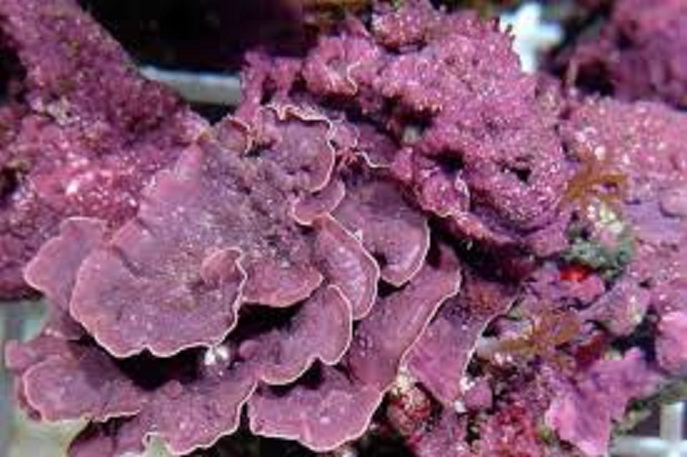A Guide to Adding Corals
Understanding When Your Tank is Ready for Corals
One of the challenges with corals in a first tank is knowing when it’s ready. You’ll need to identify corals that are easy to maintain, look cool, and fill up the tank quickly, all while being budget-friendly.
Signs Your Tank is Ready:
- Coralline Algae: This purple, calcareous algae appears at the end of phase two of the tank cycle. When you see it spreading across rocks and glass, it’s a sign your tank can support calcifying organisms, indicating readiness for corals.
- Test Corals: Introduce a low-cost coral frag or two to see how they fare. If they don’t do well, give it more time.

Someone has provided us with a variety of starter corals to showcase. These include:
- Zoanthid Colonies: Available in a range of colors.
- Nephthea or Sinularia Leathers: Grow rapidly into large, neon yellow or green branches.
- Toadstool Leathers: Known for their cool sweeper polyps.
- Pulsing Xenia: A favorite for its rapid growth and nutrient uptake.
- Green Star Polyps: Fast-growing sheets perfect for new tanks.
- Bubble Corals: Popular for their unique appearance.
- Euphyllia Corals: Includes torches, frogspawn, and hammer corals with large, colorful polyps.
- Candy Cane Corals: Easy to care for and visually appealing.
- Mushrooms and Duncan Corals: Popular choices for new tanks.

Acclimating and Dipping Your Corals
When you acquire your first corals, most reputable stores will guide you on temperature acclimation by floating the bag and possibly drip acclimating. However, many new reefers overlook the importance of dipping corals before adding them to the tank.
Types of Coral Dips:
- Parasite Dip: Recommended for beginners to prevent pest introduction. Products like Two Little Fishies Revive Coral and Brightwell’s Coral MD Pro are effective.
- Bacterial Infection Dip: For more experienced reefers dealing with infections.
- Algae Dip: Uses hydrogen peroxide to remove rogue algae, suitable for experienced reefers.
Sourcing Your Corals
For beginners, local fish stores are the best source for corals. While online ordering can save money, it lacks the experience of in-person shopping. Local reef clubs and coral conferences are also excellent places to find affordable and unique corals.
Maintaining Your Coral Tank
By following these steps, you’ll be well on your way to creating a thriving coral reef tank. Happy reefing!



